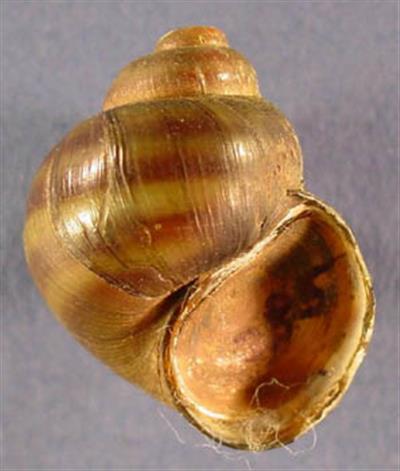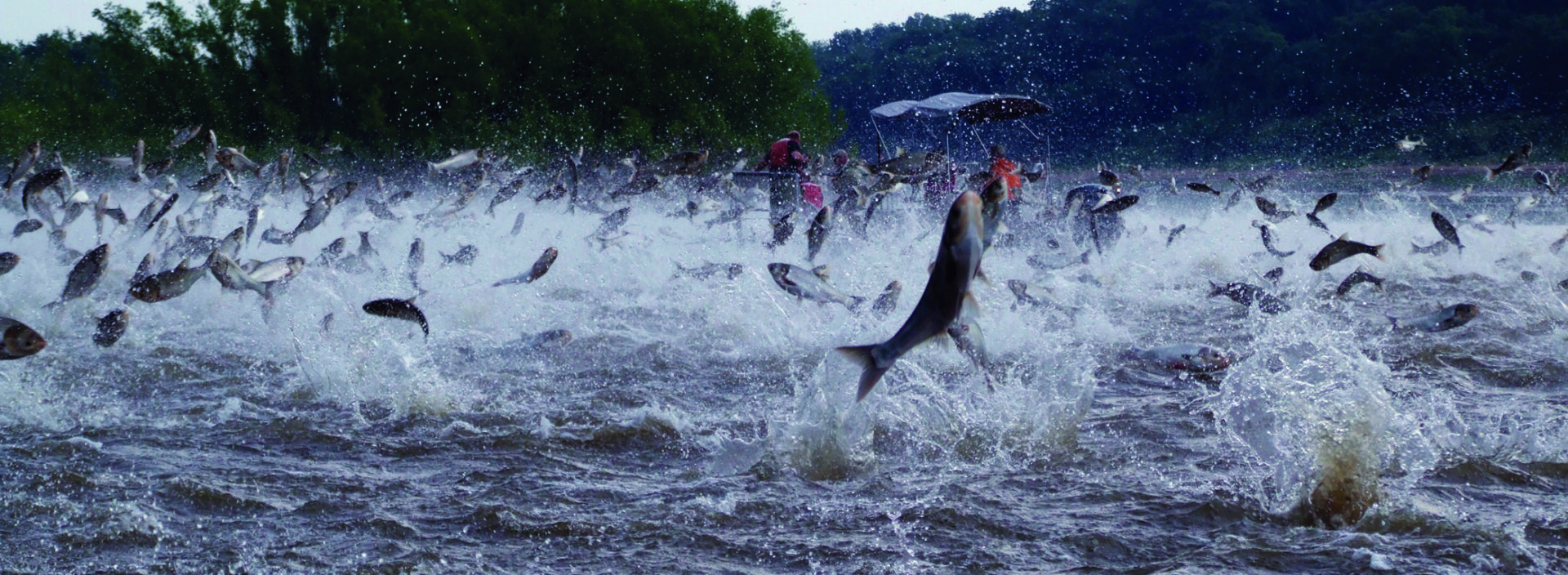[su_row][su_column size=”1/3″ center=”no” class=””]
[su_column size=”2/3″ center=”no” class=””]
Where did the banded mystery snail come from?
The banded mystery snail is native to the southeastern part of the United States, from Florida and the Gulf of Mexico to the Mississippi River to Illinois.
How did it get its name?
Young mystery snails are born as fully formed snails that seem to appear–mysteriously–from nowhere.
Why is the banded mystery snail a problem?
- It competes with native snails for food and habitat
- It can serve as a host for parasites that can be transmitted to fish and other wildlife.
- Banded mystery snails may invade largemouth bass nests and significantly increase the mortality rate of the eggs.
[/su_column]
[/su_row]
What does it look like?
- Olive-green shell with 4-5 whorls with distinct sutures
- Large, up to 1 3/4 inches
- 4 reddish bands circle the shell (sometimes visible only from the inside)
- Ridges and “hairs” with hooked ends along the lip of the shell
How does it spread?
Some banded mystery snails are released from home aquariums, and others are transported by boats and equipment.
What habitat does it prefer?
Banded mystery snails choose sandy-bottomed areas of lakes, ponds and slow-moving rivers and streams.


